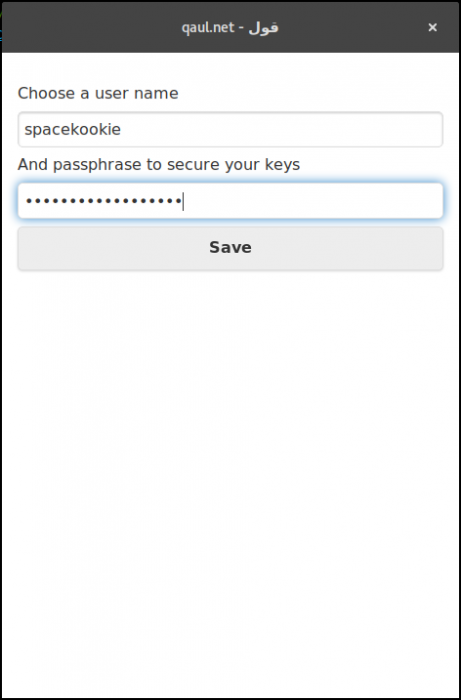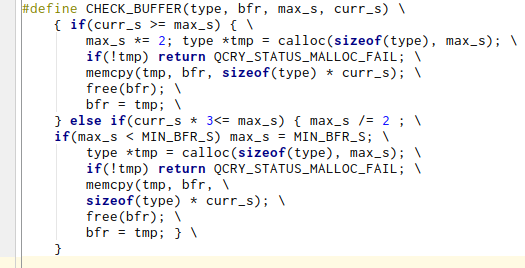This is my final report for Google Summer of Code, working on the userspace, backend agnostic routing protocol for qaul.net. Or also entitled: how to not go about writing a userspace, backend agnostic routing protocol (in general).
The work that was done
If you’ve been reading my first three blog posts, you will know that we had some issues designing and coming up with plausible ways for such a routing core to interact with network layers. The biggest challenge is the removal of adhoc wifi mode from Android, thus requiring root as an app to provide our own kernel module for that. Before specifying what I would be working on this summer we had a very idealised view of what a routing protocol could depend on, making a lot of assumptions about the availability (aka connection reliability) and usability of WiFi Direct and were negatively surprised when we ran into various issues with both the WiFi direct standard.
Secondly, I built a prototype that uses bluetooth mesh networking to allow multiple phones to communicate which has given us much better results from the beginning. Connections are more stable, however their range is more limited than with WiFi. It does however come with the benefit of power saving.
These prototypes will serve as a good base to play around with larger networks and more devices but won’t end up being part of the qaul.net code base. The code written to remain in qaul.net is relatively little. There is the routing-core repository which provides a shim API between a generalized routing adapter and a generic network backend, that can either be bluetooth, wifi direct, even adhoc or ethernet. We ended up not focusing on this code very much because there were too many open questions about the technologies at hand to proceed with confidence.
The code for both prototypes is available here, the routing core shims can be found here
What wasn’t done
We didn’t end up writing a userspace, network agnostic routing protocol, of the likes of BATMAN V. This is very unfortunate and probably comes down to the fact that, when summer of code started, we only had theoretically worked with WiFi Direct before, making a lot of assumptions that were ultimately wrong (and based on the way adhoc works).
The next steps
We will proceed with bluetooth meshing as our primary network backend, where we still have to figure out a few questions about the captive portal functionality, how to subdivide a network into smaller chunks and how moving between subnetworks will work. Bluetooth meshing isn’t exactly made for what we’re trying to do but it’s a close approximation.
When it comes to the actual qaul.net code, we need to write a bluetooth mesh adapter which plugs into the routing core, at which point we can start testing the protocol layout that we designed and work on the actual routing heuristics. The work for this is largely done, based mostly on the BATMAN protocol documentation.
Acknowledgements
I want to thank the Freifunk organisation and community, my mentor Mathias who worked with me on figuring out how to get around the problems we encountered. We managed to get a good step closer to moving qaul.net away from adhoc networking, even though we didn’t reach all the goals we set out to. Finally, I would like to thank Google for the Summer of Code and its efforts during all these years and for its commitment to the development of open source software.



 ). But that should give you an idea of what is to come in the UI department.
). But that should give you an idea of what is to come in the UI department. ) is done by checking IP addresses against nick-names. Man in the middle attacks are very easy in such a network and the only defense is the benevolence of its users.
) is done by checking IP addresses against nick-names. Man in the middle attacks are very easy in such a network and the only defense is the benevolence of its users.